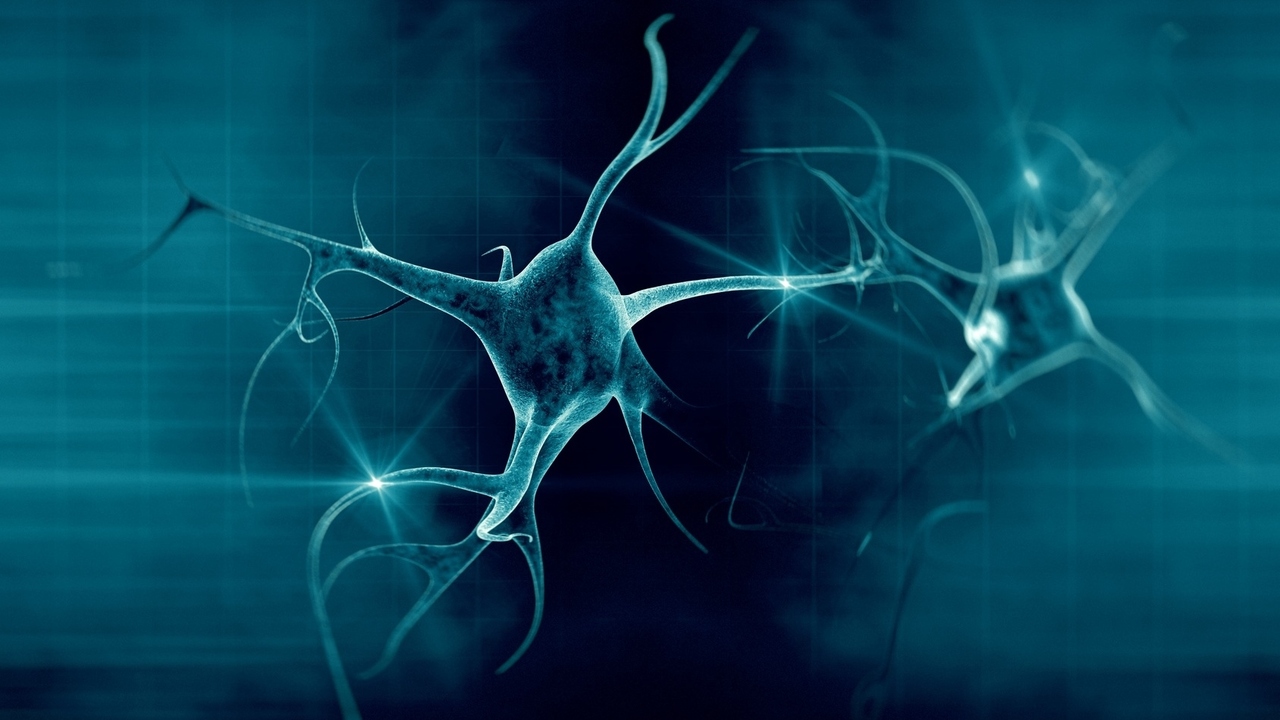 vitstudio/Fotolia
vitstudio/Fotolia
While the symptoms of multiple sclerosis appear in the body, it is a disease of the nervous system.
The father of neurology Jean-Martin Charcot wrote, “Symptoms then, are in reality, nothing but the cry from suffering organs.” In multiple sclerosis, the disease Charcot is credited with first diagnosing, symptoms are a cry from deteriorating nerves.
The following are 10 insights into this debilitating disease.
1) History
While the symptoms of MS have been described since the 14th century, it was in 1868 that Charcot became the first person to make correlations between the clinical features of MS and pathological changes discovered during autopsy.
In essence, Charcot was the first to distinguish MS as a distinct disease.(5)
2) Defining Multiple Sclerosis
Multiple sclerosis is an autoimmune disease in which the body’s own immune system attacks the myelin sheaths of nerves in the brain and spinal cord. The process is called demyelination.(3)
Demyelination damages nerves, preventing them from sending proper signals between the body and brain. Disrupted nerve signals are what cause the symptoms of MS.(1)
3) Cause Still Unknown
Scientists speculate that a genetic predisposition to MS, combined with environmental factors, is at the root of the disease.(1) However, MS is not directly inherited.
4) Susceptibility
Caucasian women are more likely to be diagnosed with MS than Latina or African American women. MS is less common among Asians.
5) Geographic Risk
People living in northern latitudes have a higher risk of developing MS — the further north of the equator, the greater the incidence of MS. It is more common in areas populated by northern Europeans.
Visit this world map on the prevalence of multiple sclerosis.
6) The Most Common First Symptom
The first symptom of MS presents as vision problems 50 percent of the time. But MS is not a disease of the eyes but of the brain. Inflammation of the optic nerve, called optic neuritis, is a result of the demyelination of the nerve that connects the eyes to the brain.(2)
Patients with optic neuritis experience blurred vision, decreased color vision and eye pain. Non-visual symptoms include numbness, tingling, fatigue, weakness, stiffness, muscle spasms and difficulty walking.(1)
7) Diagnosis
There is no single test for diagnosing MS. A person having symptoms of MS undergoes a medical history, neurological examination and lab tests in order to rule out other causes. In order for MS to be diagnosed, there must be(1):
- Evidence of damage in at least two of these areas of the central nervous system: brain, spinal cord and eye.
- Evidence that damage has occurred one month apart.
- All other possible diagnoses ruled out.
8) Types of MS
There are four different disease courses of MS, differentiated by symptoms and progression:
- Relapsing-remitting
- Primary-progressive
- Secondary-progressive
- Progressive-relapsing
For detailed descriptions of symptoms and progression of these various types, read What are the 4 Types of MS.
9) Living Well After Diagnosis
Diet, exercise and stress management are the best tools for managing the disease. There are currently 13 FDA-approved prescription drug therapies for slowing MS activity and progression. (6)
People with MS are often heat-sensitive, and heat and humidity can aggravate symptoms of MS.(6) The Multiple Sclerosis Association of America (MSAA) has a Cooling Program that offers cooling vests and accessories to help people with MS manage their illness.
10) Support
For more information or for personal support after a diagnosis of MS, contact the following organizations:
National MS Society 1-800-344-4867 or www.nationalmssociety.org
Multiple Sclerosis Association of America [email protected]
Reviewed March 11, 2016
by Michele Blacksberg RN
Edited by Jody Smith
1) What is MS. NationalMsSociety.org. Retrieved March 10, 2016.
http://www.nationalmssociety.org/What-is-MS
2) Optic Neuritis and MS. MSFocus.org. Retrieved March 10, 2016.
http://msfocus.org/article-details.aspx?articleID=380
3) The History of MS. NationalMSSociety.org. Retrieved March 10, 2016.
http://www.nationalmssociety.org/NationalMSSociety/media/MSNationalFiles/Brochures/Brochure-History-of-Multiple-Sclerosis.pdf
4) World Map of Prevalence of Multiple Sclerosis milt-sclerosis.org. Retrieved March 10, 2016.
http://www.mult-sclerosis.org/ms_world.html
5) Jean-Martin Charcot: The Father of Neurology. NIH.gov. Retrieved March 10, 2016.
http://www.ncbi.nlm.nih.gov/pmc/articles/PMC3064755
6) MyMSAA.org. Retrieved March 10, 2016.
http://mymsaa.org






Add a CommentComments
There are no comments yet. Be the first one and get the conversation started!